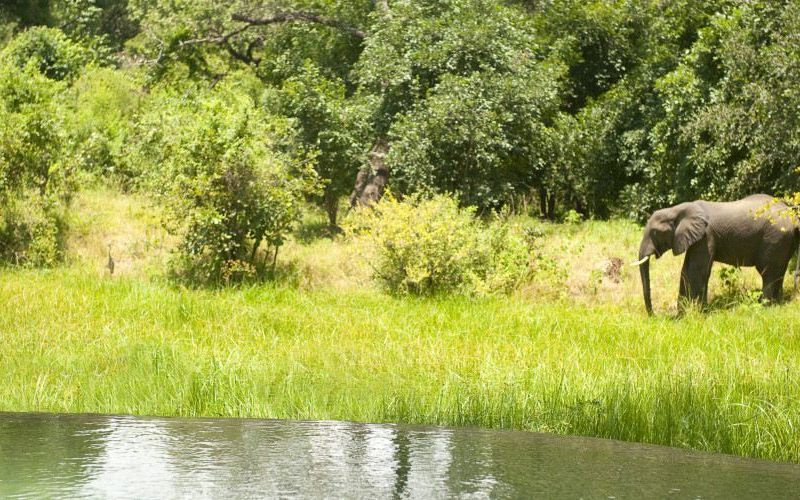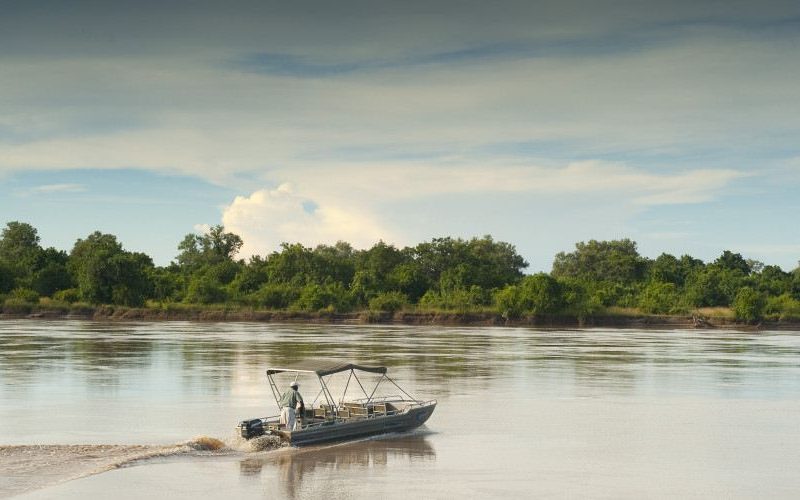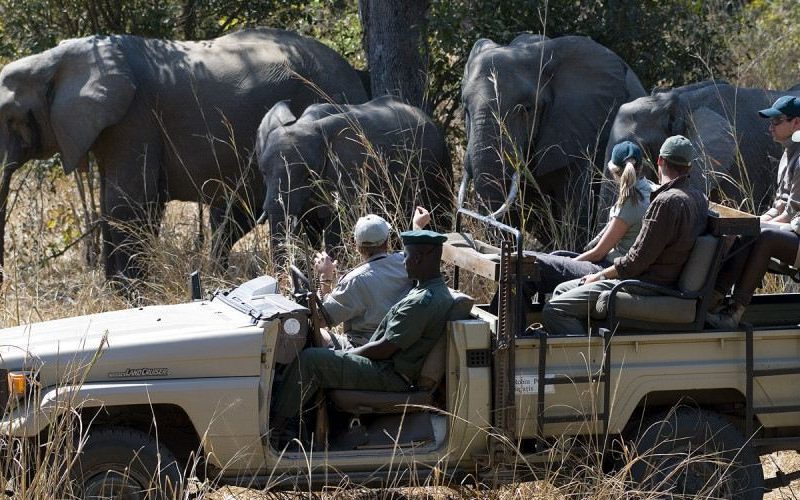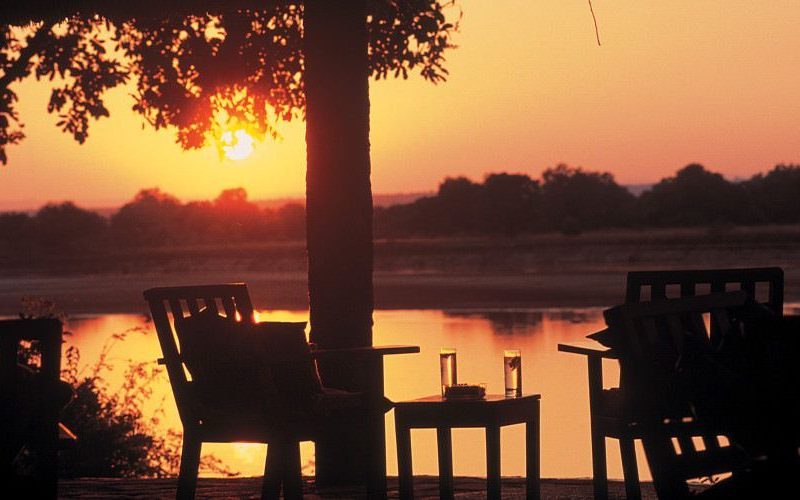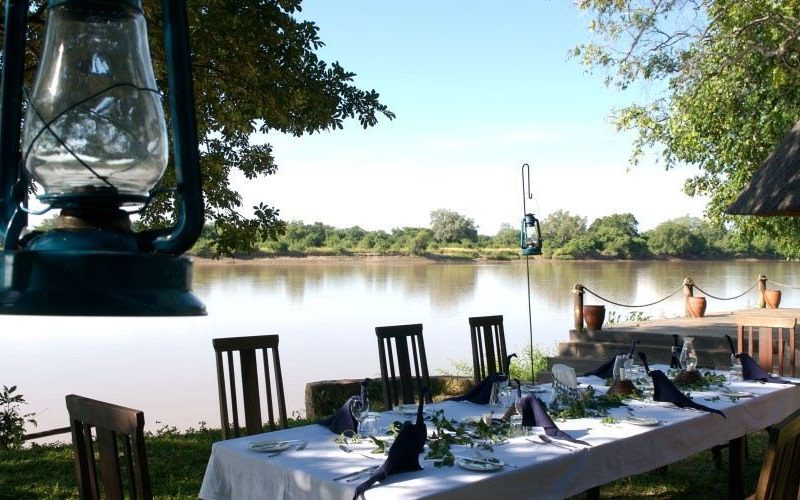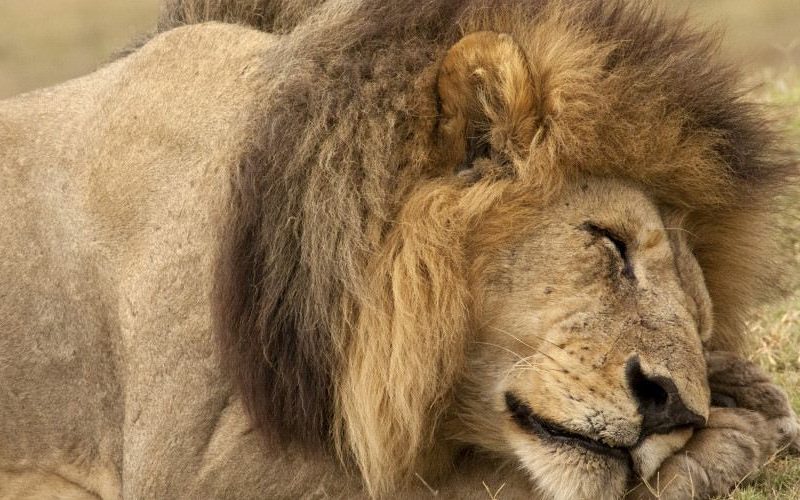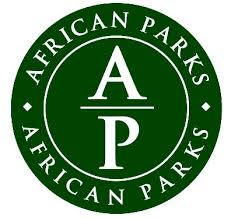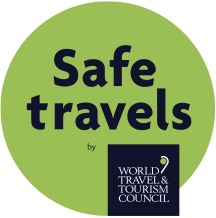There are many treasures in store in Zambia, as it boasts some of the best game parks in Africa, providing an unmatched safari experience as well as the world’s biggest waterfall, Victoria Falls. Or as we call it Mosi-oa-Tunya – the smoke that thunders, which spans the border with its neighbor, Zimbabwe. It is one of the seven natural wonders of the world! Zambia is unspoiled by mass tourism, and is rich in wildlife, superb forests and meandering rivers. South Luangwa, Lower Zambezi, Liuwa and Kafue are just some of the National Parks one can visit in Zambia.
While traditional wildlife safaris with great guiding are the mainstay of safari holidays in Zambia, the option of top-class walking safaris is an added bonus. Night drives are a further draw, permitted in all of Zambia’s national parks. They offer the opportunity to see a broader range of animals, from the amusing porcupine to the normally elusive leopard. Creature comforts come courtesy of many small safari lodges, many of them still owner run and highly individual.
ITINERARY:
Here is a sample itinerary that includes a safari in Zambia. Please contact us for additional adventures.
South Luangwa National Park
The unspoiled South Luangwa National Park is one of natural jewels in Zambia’s crown, and home to one of the most varied collections of wildlife on the planet. Many places claim to be “among the remaining wilderness areas” or “one of the last wildlife sanctuaries”; South Luangwa National Park lives up to both and more. The Luangwa Valley is vast, remote and home to both people and a truly impressive variety of game.
The park is centered around the Luangwa River. Untapped by man, its natural ebb and flow of flooding makes much of the park inaccessible by road which keeps it a sanctuary for the large concentration of game that live there. A paradise for birders, over 450 species are to be found in the park, and the wildlife includes elephant, buffalo, hippos, giraffe, leopards and lions.
The South Luangwa Park is 9050 sq. kilometer; with the river, its tributaries and the riverine strips being the focus of the wildlife viewing. There are diverse habitats, from huge ox bow lagoons of varying stages of maturity, woodlands, ebony groves, grassland and thickets, that host a great variety of wildlife. The people of Zambia are warm, friendly and proud of their heritage. With a variety of different tribes incorporating different languages, traditions, music and dance, you are guaranteed a cultural experience second to none.
For an example itinerary that combines South Luangwa National Park with Victoria Falls please check here.
Lower Zambezi National Park
The Lower Zambezi National Park lies on the north bank of the Zambezi River in south eastern Zambia. Until 1983 when the area was declared a national park the area was the private game reserve of Zambia’s president. This has resulted in the park being protected from the ravages of mass tourism and remains one of the few pristine wilderness areas left in Africa. On the opposite bank is Zimbabwe’s Mana Pools national Park. The two parks sit on the Zambezi flood plain ringed by mountains. The area is a world heritage site.
The park itself protects a section of the Great Rift Valley, stretching down from East Africa. Most of the wildlife in the park, congregates on the plains tucked between the banks of the Zambezi River and the Zambezi escarpment, where food is more plentiful and the animals are close to the deep, wide Zambezi River. T his Park is still relatively undeveloped, it’s beauty lying in it’s wilderness state.
Kafue National Park
Kafue is the largest National Park in Zambia and the second largest in Africa and home to over 55 species of animals. Established in 1924 by the British Colonial Government to protect a wide variety of different environments.
The jewel in Kafue’s crown is the Zambezian flooded grasslands ecoregion in the north, including the Busanga Swamp and plains. These support large herds of herbivores and their predators. In the dry season the animals keep close to the swamps and marshy creeks and are easily seen. The area is also noted for its birdlife.
Three rivers, the Lufupa, Lunga and Kafue form the life blood of the reserve with the annual summer flood of the Lufupa creating an impressive floodplain delta.
Kafue is less visited than other parks in Zambia but due to its different environment it makes for a good combination with them.
Livingstone
The town of Livingstone is to Zambia what Victoria Falls is to Zimbabwe, a great place to explore the Zambezi and visit The Victoria Falls, locally called Mosi-oa-Tunya – The Smoke that Thunders. While Victoria Falls is neither the highest nor the widest waterfall in the world, it is classified as the largest, based on its width 5,604 ft and height of 354 ft resulting in the world’s largest sheet of falling water. The town is named after David Livingstone, the British explorer who was the first European to explore the area.
 English
English Deutsch
Deutsch
